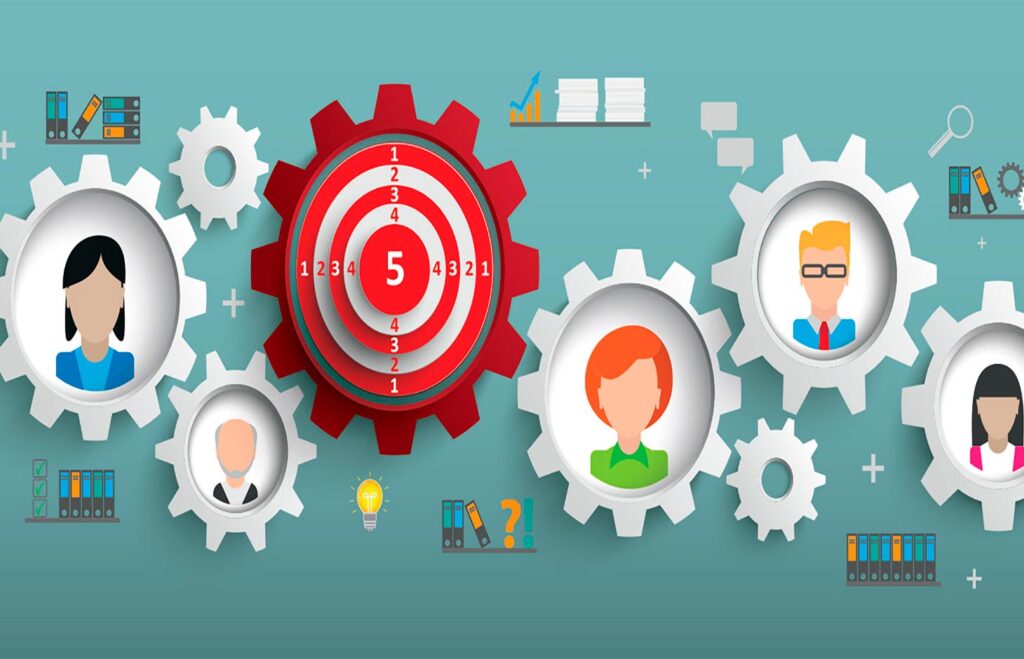Faster. Better. More efficient.
As SaaS businesses today work hard to keep pace with the swelling competition and the rapid digital transformation landscape, doing anything manually is a sure way to create growth friction.
Everything from marketing and sales to ongoing customer success management has the potential to gum up operations and hold your business back when weighed down by manual tasks. Bleh.
And financial operations like recurring billing are no exception—especially for SaaS and other subscription-based businesses. Using a billing system that wasn’t designed for recurring charges, or worse, relying on webs of spreadsheets to manage subscription customers and recurring revenue is highly inefficient and error-prone.
Yet, for a lot of scaling businesses, this is still a reality. What they need is a reliable billing system that handles every stage of the billing process in the background.
Automation as a Business Strategy
Automated billing software takes the complex and manual work out of processes like invoicing, collecting payments, managing dunning, reporting on financials, and more.
And adaptive automated billing systems integrate with your other automated processes and solutions as part of a complete FinOps transformation that overlaps with RevOps to enable business success.
To better understand how this works for those on the SaaS business model, we’ve put together a list of the business processes automated billing software covers without the need for manual intervention.
With these tasks dependably humming away in the background, just think of the strategic ways you’ll be able to redirect your talented team!
1. Data Transfer Made Easy.
The first place your users’ data enters is often a CRM like Salesforce or HubSpot. Adaptive automated billing software integrates here to pull leads that become customers and contribute to the revenue engine.
So instead of copying data from one platform to the other—a process that takes time and increases the chance of potentially costly mistakes—automation makes account setup a snap.
Two other important integrations? Your ERP and accounting software. Modern billing systems synch relevant data to NetSuite and QuickBooks to facilitate everything from inventory management and fulfillment to month-end revenue reconciliation.
With all this data automatically pulling and pushing, your SaaS business frees up resources previously spent on tedious data entry and management.
You also gain greater data integrity.
2. Accurate Invoicing That Avoids Errors.
When it comes to manual billing and invoicing, there are so many steps in the process that can go wrong. From missing or incorrect details to forgetting to invoice at all, these mistakes lead to major revenue leakage that affects cash flow and business health. And of course, there’s customer dissatisfaction—no one likes a confusing or inaccurate bill.
Recurring billing and invoicing software nips this problem in the bud. Once a subscription is created on a customer, an invoice is auto-generated for each billing cycle. Every invoice reflects accurate data for that customer’s subscription for that billing period, avoiding the issues of missing or incorrect information which leads to delayed or missing payment.
You can also schedule invoices to send to your customers automatically.
3. Automated Billing to Ensure Timely Payment.
Once you have an automatically generated invoice, active subscriptions on each account are automatically billed and charged to the payment method on file.
Robust automated billing software is fully PCI Level 1 compliant. It stores payment methods like credit cards and ACH, and integrates with payment gateways like Stripe, PayPal, and QuickBooks Payments.
For SaaS businesses, this secure collections automation is critical. As your number of customer accounts and the complexity of your subscriptions grow, manually processing payments becomes a challenge.
To give your business room to scale, you need recurring billing software that handles billing and payment collection to help you get paid faster.
4. Dunning Emails and Text Communication.
It’s far from ideal when a customer’s stored credit card expires. And it’s a drain on resources to contact the customer to update payment details. What’s more, if the customer is hard to get a hold of or never replies, it leads to delayed payment or even churn—two very undesirable outcomes.
Modern automated billing software helps prevents this problem altogether by automating communications as part of an overall dunning management strategy.
When a credit card is about to expire or fails, an automated email and/or text message sent through the billing system alerts the customer it’s time to update their payment information.
5. Automatic Collection Retries for Failed Payments.
Sometimes payments fail for other reasons. Maybe the customer’s billing address has changed, the credit card was reported lost or stolen, the purchase exceeds the withdrawal limit, or a number of other possibilities.
Many failed payments are successful if retried in a few days.
But if you’re dealing with multiple failed payments on a recurring basis, this can be hard to keep track of (and keep up with) manually.
Automated billing software makes reattempting failed payments almost effortless.
You simply set up an automated collection retry schedule. And once you’ve done this, the recurring billing software will re-attempt collection on those credit cards’ failed payments according to your schedule. For example, you may want the billing platform to re-attempt collection three and five days after the initial failed attempt.
Payment retries are often so successful that the customers have no idea anything was happening behind the scenes because they never lose access to their subscriptions. So it’s a win for your accounting department and for the customer experience.
6. Simplify Plan Migrations with Customer Empowerment.
For businesses using a legacy billing system or handling recurring billing manually—for example, using a one-off invoicing function in their accounting software—the customer experience tends to be very manual-heavy, too. Customers need to call in or send an email for every little change to their account.
With automated billing software, your customers can be empowered to upgrade and downgrade their subscription plans whenever they need to through self-service portals.
Any subscription plan migrations customers make are then applied automatically to their recurring billing and relayed in real-time to other integrated business software. This frees up your team to focus on more complex customer needs.
7. Take The Manual Work Out of Price Uplifts.
For many SaaS businesses, pre-scheduled price increases are built into contracts to account for inflation or matching current catalog pricing.
Whether these increases are a percentage or a specific dollar amount, automated billing software automatically applies them on whatever schedule your business requires.
Building automatic price uplifts into your billing process ensures your team doesn’t have to go through accounts and make changes manually each quarter, year, or another cadence as contracts dictate. It also means you don’t miss out on revenue due to missed uplifts.
8. Make Reporting Easier Than Ever.
Another process advantage automated billing software enables is detailed reporting on demand. Granular information about your business’s sales, cash, revenue, and MRR pillars is easily accessed and filtered through dashboards, and downloadable as needed.
Adaptive billing systems also make it possible to schedule emailed reports of the most important information for you and your team.
9. Accurate and Automated Revenue Recognition.
In the SaaS and subscription billing space, it’s critical from an accounting compliance standpoint to accurately track both your recognized and deferred revenue. Managing this process manually or with ill-equipped software leads to errors and compromised data integrity.
We’ve previously touched on some real-world consequences of inaccurate revenue recognition.
An adaptive billing system automates the process, and ensure accurate recurring revenue recognition that complies with GAAP and the ASC 606 standard.
Automated Billing Software Optimizes Processes for Maximum Efficiency
While the billing process isn’t the only one SaaS businesses should consider automating, it’s an important one for those looking to enhance their revenue operations.
Managing subscriptions, invoicing, and payment collection for hundreds or even thousands of customer accounts is a daunting manual task that automated billing software handles with ease.
The benefits are undeniable: synched data with other integrated technology systems, automated invoicing and dunning, adherence to compliance standards, world-class security, and better data visibility thanks to reporting automation.
If you’re ready to digitally transform your SaaS monetization process, explore automated billing systems like Stax Bill that can meet your business’s recurring billing needs.








